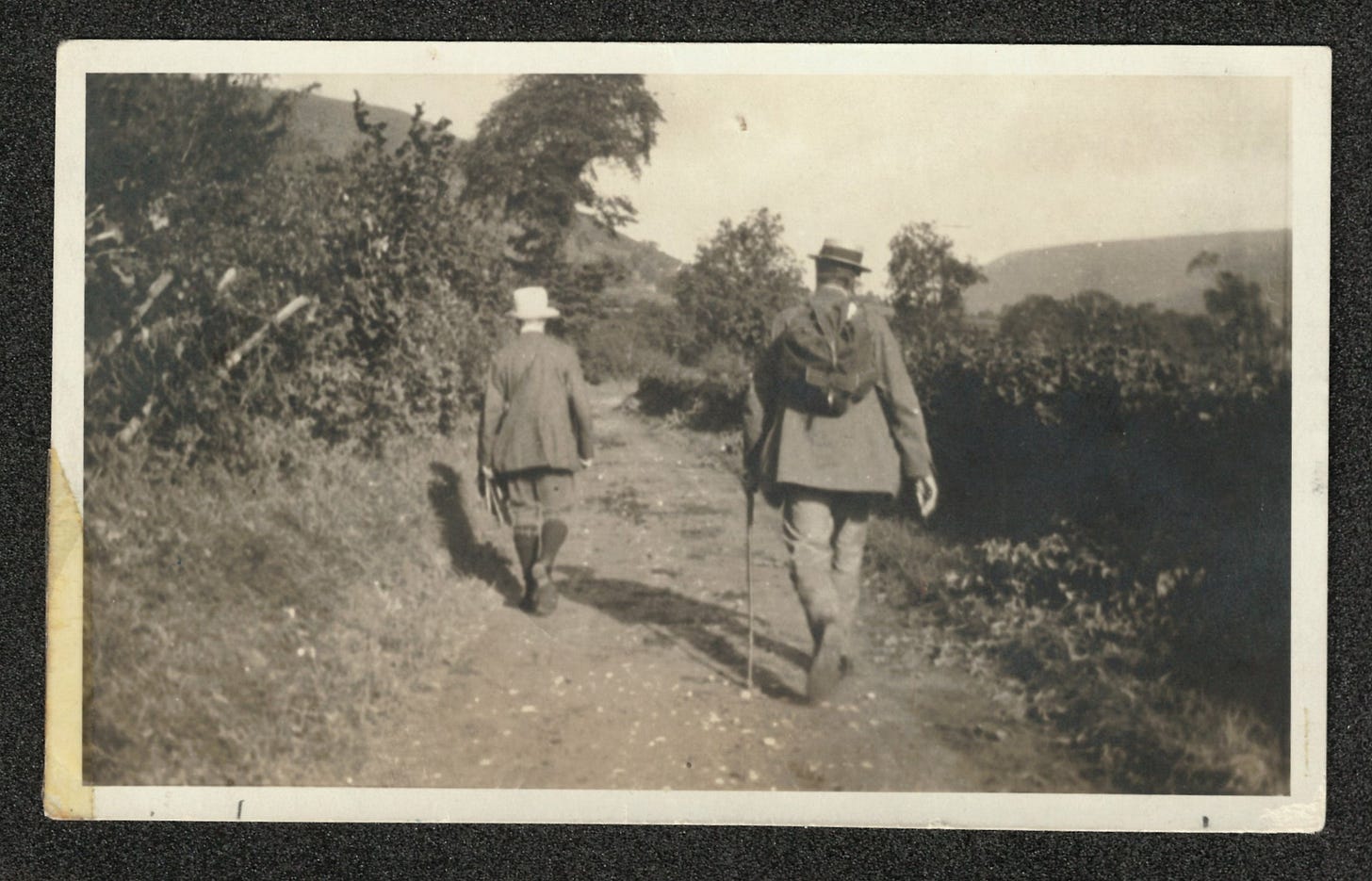Vaughan Williams’ Journey into Folk
Join me as I follow renowned British composer Ralph Vaughan Williams on the first year of his listening journey into folk song. You’ll hear me singing the first verse of a song from each of the forty days he collected between December 1903 and January 1905, supported by info on the original singers, why and how Vaughan Williams came to meet them, background on the songs and the stories they tell.
You’ll be able to experience the cumulative effect of the strange and bewitching melodies Vaughan Williams collected in the order that he heard them.
From the first song he collected in December 1903 – ‘Bushes and Briars’ – to the moment he heard ‘The Captain’s Apprentice’ in January 1905, Ralph Vaughan Williams immersed himself in the most intense period of folk song collecting of his life. By the end of it he had written down over 250 songs. These melodies had a profound impact on the direction of his composition in the first years of the 20th century.
Folk music was an oral/aural tradition – subtleties of performance were usually learnt by ear and passed on by mouth. Edwardian song collectors believed that young people, mesmerised by the music halls, were no longer interested in learning the old ballads, and that the old folk who held the songs in their heads would soon be dead: if the songs were not written down immediately, they would be lost forever. That’s why Vaughan Williams described himself as like ‘…a psychical researcher who has actually seen a ghost’.
Although phonographic machines were available, they were cumbersome and the wax cylinders delicate - recordings have not survived well. Notepads and pens were the most convenient method for getting songs down. We are left with black and white versions - outlines of songs we might otherwise not know, but which have lost the colour of personal performance. As a means of exploring both the limitations and the value of this written record I’ve resisted the temptation to add trills and ornamentation, and have sung the songs unadorned, to reflect as well as I can the information that Vaughan Williams wrote down and which he believed would be all that remained.
https://www.carolinedavison.co.uk/home/about
Ralph Vaughan Williams (right) and Gustav Holst walking in the Malvern Hills in 1921. Photograph taken by fellow composer and hiker, W.G. Whittaker.


